The ten months of my wife Val’s illness, and particularly the last few months, left me very sad and totally exhausted physically and mentally. A clean break was just what the doctor ordered. Sad and totally exhausted, both physically and mentally, I faced a future without my companion of over 50 years.
Two days after Val’s memorial service, I headed out on a “recuperation” road trip. The first stop was the tiny settlement of Stockinbingal in the southwest of New South Wales, inland from Wagga Wagga, where old friends from way back, Keith and Sandra Berryman, have a sheep and arable farm. Where better to take a break away from all the stress and trouble.
The drive to Stockinbingal from my home in Terrigal on the NSW Central Coast is near to 500 km. With a couple of comfort stops, it was going to take me more than six hours.
After my stay in Stockinbingal, I planned to head way north to the opal mining settlement of Lightning Ridge and then to wherever my fancy took me. I was driving in my 2020 Mini Cooper S—which I have named Elf because of its licence plate—a car totally unsuited to outback driving with its low ground clearance, front spoiler, run-flat tyres, no spare tyre and a lack of a roo bar. I purchased a spare wheel and tyre and packed a jack, tools and plenty of water.
Fitting the wheel and luggage into the Mini was not the squeeze I had anticipated. I secured the spare wheel and tyre with the seat belt on the rear seat and the same with the suitcase. I definitely did not want an 18″ Mini wheel and tyre or a heavy suitcase flying around the cabin in an emergency stop.
Packing the gear
For cameras, I took a Leica X1 and my Leica Q2, which I had acquired in July last year but which, due to Val’s illness, I had hardly used. I had a MacBook Air loaded with Lightroom Classic for processing photos on the road, something which I did most days. I also used a Netgear router for connecting my iPad and laptop to the mobile Telstra 4G network. All the devices worked well. In fact, I used the X1 during my morning walks on the first days on the farm, but then I put it in the bottom of my bag and completely forgot. From then on, I used only the Q2.
I knew I would be sure to get some extraordinary looks out west where 90% of the vehicles are huge great SUVs or utes. But the Mini is what I had, so the Mini it was.
It promised to be an interesting journey as long as I avoided the roos and emus and the roos and emus avoided me.
Well, I had a target time of nine o’clock on Friday morning to start my road trip, and I nearly made it. The first part of the 500 km journey was not enjoyable. The M7 around the west of Sydney was a truck grand prix and, with millions of Australians not being able to travel overseas, the traffic everywhere is much worse than normal.
Fortunately, after the Canberra turn off, south of Goulburn on the Hume Highway, the traffic thinned out. But a substantial diversion near the end of the trip to avoid a closed railway bridge made it a very long day.
I had been forewarned that it was very cold at night in Stockinbingal so I had packed cold weather gear.
After good rain over the past few months, the rush was on at the farm to get the winter crops of wheat and canola planted. Riding in the cab of the huge John Deere tractor on the first morning, I was just about warm enough. Come out there in summer, and it would be a very different story.
The morning walk
Wherever I am, I try to take an early morning walk. Many will recoil in horror at the thought of leaping out of bed at five to go for an hour’s walk, but for me, it is one of life’s greatest pleasures.
The morning walk at home in Terrigal is special, but in Stockinbingal, it was extra special. I could walk for an hour on the farm and not see another person. Once I was clear of the farmyard, there was nary a building to be seen. I had to open a couple of gates, cross the grain train railway tracks and then walk up a dirt track to the top of a hill. From there, the vista is glorious, and no photo or photos can do it justice. The air was clear, and it was balm to the soul.
On my first morning walk, some jets passed overhead at high altitude en route from Melbourne to Brisbane or Coolangatta. Two years ago, I would have resented the intrusion, but that day it was reassuring that life was returning to normal.
I sat on a tree stump and meditated and reflected that I was incredibly lucky to live in Australia.
Australian country town
One morning I drove into Temora, a small town 35 km to the north of Stockinbingal, on a shopping mission. The main road was almost empty apart from pieces of oversize farm machinery on the move, escorted by vehicles.
Temora looks like one imagines an Australian country town with the old canopied buildings on the main street and stock and station agents.
The town was busy, and it looked reasonably prosperous, unlike many similar small country towns. The traffic was light, slow-moving and very courteous. I definitely knew that I was not at home or in Sydney. I shopped in a supermarket. There were spaces in the car park, no queues at the checkouts and the staff were chatty and friendly. I almost felt I was in another country.
Late one afternoon, I took a walk through the paddocks and came across a beautiful solitary yellow box tree standing in a paddock full of lucerne. The tree is ancient, and the Berrymans have resisted the temptation to remove it to facilitate planting and harvesting with the huge implements they now use.
The tree looked magnificent in the golden light. Apparently, it currently looks better than it has for a long time due to the rain over the past twelve months.
Dubbo to Lightning Ridge
I left Stockinbingal on a Saturday after a delightful week with my friends. The rest cure was beginning to work. I broke the long drive to Lightning Ridge with a two night stop in Dubbo and a visit to the Western Plains Zoo. I then drove the 360 km from Dubbo to Lightning Ridge in five hours, with just two stops. It was a beautiful day—a comfortable 26ºC with just a few puffy clouds. There was practically no traffic. The speed limit out there is generally 110 km/h on what are quite narrow country roads.
Out on the aptly named Western Plains, west of the Great Dividing Range, it is very flat, and there are long straight stretches of road where it is tempting to really put your foot down. However, that dot on the horizon may well be Mr Plod in his brand new BMW Highway Patrol car, so I did not give in to temptation. I set the cruise control for 115 km/h, and, of course, there was no sign of Mr Plod that day.
Again I did come across a few wide loads on the move, either silos on trailers or big pieces of farming gear. The Mini is great for getting past them, even on narrow roads. It is swift and small, so it can usually get past quickly and keep all four wheels on the tarmac.
I saw the abandoned buildings in the photo beside the road that day. There are photo opportunities everywhere, but I could not afford to stop for more than a couple on a journey with the long distances I had to cover.
I first went to Lightning Ridge, the opal mining settlement, in 1982. It was the real Wild West then. Very basic, with few facilities. It does have facilities now, but it still is the Wild West.
Unusual everything
It really is a very unusual place, with many unusual people. The bush pubs I called in at are just tin shacks in the scrub. The facilities in the scrub away from Lightning Ridge are the other side of basic, although there is a strong mobile phone signal. The opal mining areas are full of rusting cars and trucks and mining equipment, spoil heaps, and hundreds of open mine shafts. And a tree full of bras for which I have no explanation.
On a 1 to10 scale of weirdness with 10 really weird, Lightning Ridge and surroundings would easily score 11.
Just my luck that Lightning Ridge had around a fifth of its annual rainfall in the two days I was there. And to make matters worse, there was an icy wind blowing on the second day of my stay.
I decided to carry on regardless and had an exciting morning driving out to the Three Mile Opal Field—one of the oldest and most productive opal mining areas around Lightning Ridge. The road was a mess, with big potholes and very muddy, but I managed to get there and back, although the Mini was filthy. I did get some really odd looks from the drivers and passengers in SUVs as they drove past me, splashing mud all over Elf.
The area in the photo is typical of what the whole mining field looks like. The Department of Mines does not want open-cut mining, so work continues as it has always been—individual miners going down small shafts and chipping away at the dirt. Finding an opal is really a matter of pure chance. One miner can be digging out dirt from his mine and find nothing for weeks or even months, whereas the miner in the shaft next to him can strike it rich on the second day.
Rich fossicking
And when I say strike it rich, it is literally rich because the black opals found in this area are extremely valuable. Some miners are multi-millionaires, but they continue delving deep and living in little tin shacks on the mining fields because they are addicted to the opal chase.
The conical mounds are formed by the dirt dug out from the shafts. It is either pulled out in a chain of buckets in a conveyor system or blown out with a blower. It is then tumbled with water—most likely in an old truck-mounted cement mixer—where the clay is washed off, and then the residual gravel is carefully examined for opals. The conical mounds are dirt waiting to be tumbled or the discarded tumbled dirt.
You cannot just walk onto the mining area and start scratching through the mounds yourself. Fossicking, as it is called, is most definitely frowned upon and in Lightning Ridge, “frowned upon” has various interpretations depending on whose mound you are fossicking.
There are thousands of open mine shafts out here, and finding a body in one would be highly improbable. Nevertheless, there are some designated fossicking sites on private property, and I was told that a tourist found an opal valued at A$3000 on one such site recently.
Opals form in a material known as potch, and it is relatively easy to find potch with traces of opal in it whilst fossicking. I can attest to this as I actually found a piece of potch after just a few minutes of fossicking.
After driving the Mini through potholes and mud, to my surprise, I came to a large modern shed where a volunteer by the name of Bob was modifying a projector stand to take a new HD video projector. His task was to show videos onto the side of the shed next to the proposed site of the Australian Opal Centre (AOC), which will be housed in a dramatic building.
The Centre will recount the history of the mining in the area and display the many opalized fossils found in the area. The site is ready, and the plans have been approved. They are just waiting for the funding to come through…
Opel philosopher
I chatted with Bob for about an hour. He told me that he had studied philosophy at university before becoming hooked on opal mining. He and his wife had brought up a family for eleven years in the stone building shown below. I assume he now lives in town in a house with more amenities—such as running water and electricity.
I do understand that having a beard is not mandatory for opal miners or retired opal miners. Still, the chance of finding an opal miner without one is actually less than is the chance of finding an opal.
After three days in Lightning Ridge, I drove 253 km to the small town of St George in Queensland. It was a very lonely drive with no phone signal, and it’s best not to have a breakdown or accident out there. In the first 150 km, I saw five other vehicles, and four of those were heading south in the opposite direction. The one heading my way flew past me.
Just over the border in Queensland is the tiny settlement of Hebden with its outback pub and petrol station. There’s also a sign warning of the maximum A$30,000 penalty for owning a rabbit in Queensland. It’s best to buy the children a puppy or even a guinea pig, but not a rabbit.
This is very flat country, nothing but scrub. There are no buildings, no people: just vast open sky country; cattle rearing country.
Cotton thirst
St George is a major centre of cotton cultivation. The problem is that cotton cultivation is totally water dependant, and it uses a lot of water. In years when there is hefty rain in the river systems’ headwaters, it is fine. But in years when the rains don’t come or are light, the draw-off for irrigating the cotton deprives the major rivers in the south of the country of desperately needed water, and the health of the rivers suffers.
It is a very contentious issue and, despite numerous studies and various agreements and rules, it continues to be a major issue. The simple inescapable fact is that they should not be growing cotton in a semi-arid region.
After three interesting days in St George, I drove the 395 km to Warwick for an overnight motel stop. It had been raining heavily for about an hour when I left St George. And, while I had a schedule I wanted to keep, I had serious reservations about travelling on the isolated road in such heavy rain because the flat country soon floods. With the Mini, I could easily have found myself marooned in the middle of nowhere. Mini Roadside Assistance would not have been of any assistance at all.
For the whole 395-km journey, the roads were almost totally deserted, and I was pretty worried by the conditions for the first two hours. Eventually, I managed to outrun the massive storm front and hit dry roads, where I started to relax. But I couldn’t relax because I saw a few kangaroos and then a mob of emus near the road and had to keep my speed down.
That day was the only time on the trip I found myself questioning the wisdom of coming in the Mini. It was particularly concerning on the stormy section because the side of the road was flooded, and the water was rising rapidly from the sides of the road. And there was absolutely no traffic. I had to drive down the middle of the road with the wheels straddling the centre line for long stretches. I should have renamed the Mini “Puddle Jumper”.
Back to the traffic
The next day it was a very different story. On Sunday, I drove 395 km on empty, totally isolated roads with half the drive in appalling rain. On Monday, I was driving the 200 km from Warwick to the Gold Coast in Queensland in beautiful sunshine through gorgeous scenery, but there was way too much traffic and so many roadworks.
I stayed with friends on the Gold Coast for two nights and then headed south. All but three very short stretches of the 800 km from the Gold Coast to the northern suburbs of Sydney is motorway, and it is a pretty tedious drive. The traffic was light, and I took an overnight stop in Port Macquarie, where, on my early morning walk, I took what was arguably the best photo of the trip using my iPhone.
I then pointed the Mini towards home and the end of my 3,318 km road trip. I had been away for three weeks, and I felt so much better for it. All that was left to be done was unpack the car, do my washing and clean little Elf as a reward for its sterling service.
Read more from John Shingleton
John’s earlier report on the road trip
Visit John’s blog here
Make a donation to help with our running costs
Did you know that Macfilos is run by five photography enthusiasts based in the UK, USA and Europe? We cover all the substantial costs of running the site, and we do not carry advertising because it spoils readers’ enjoyment. Every amount, however small, will be appreciated, and we will write to acknowledge your generosity.

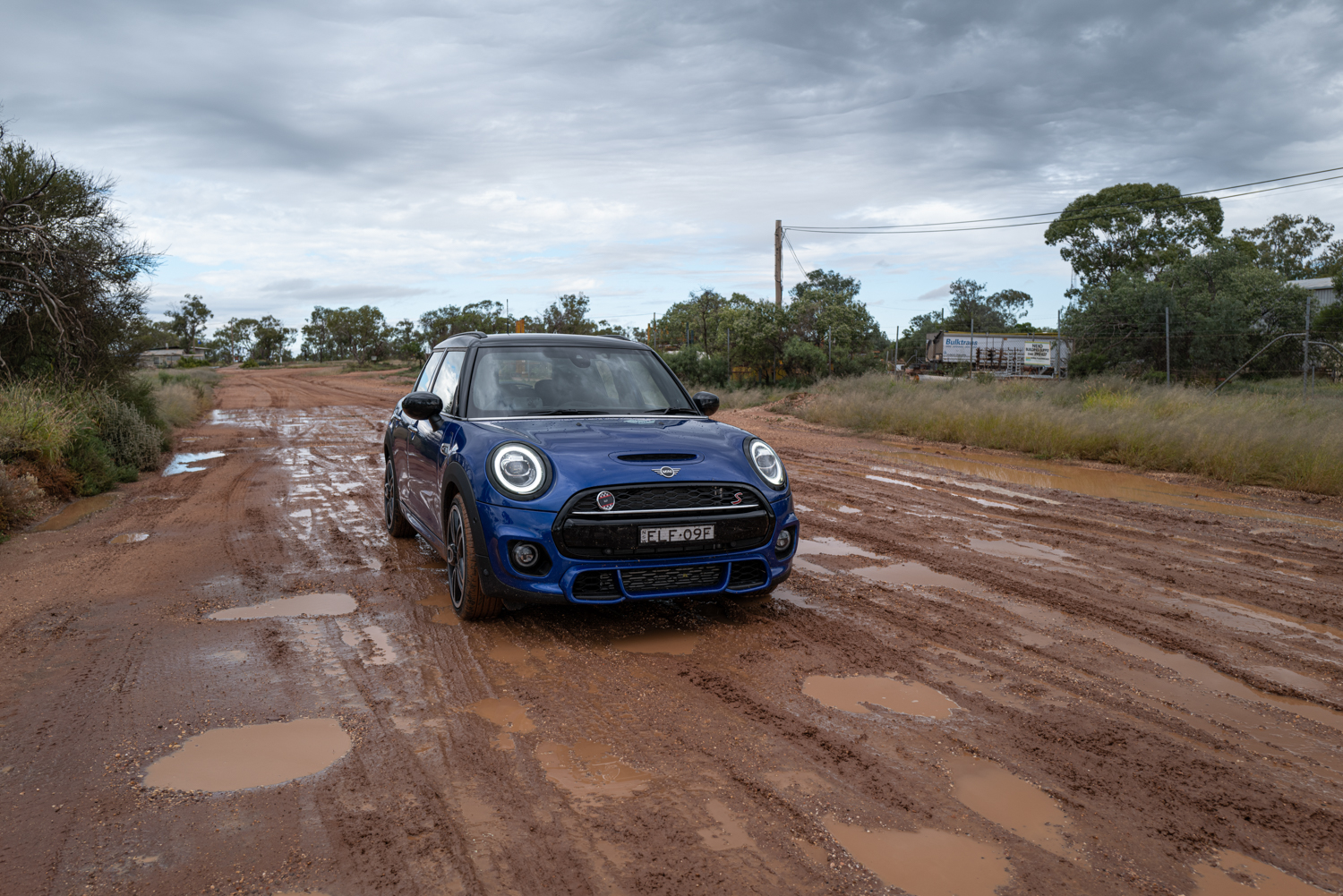
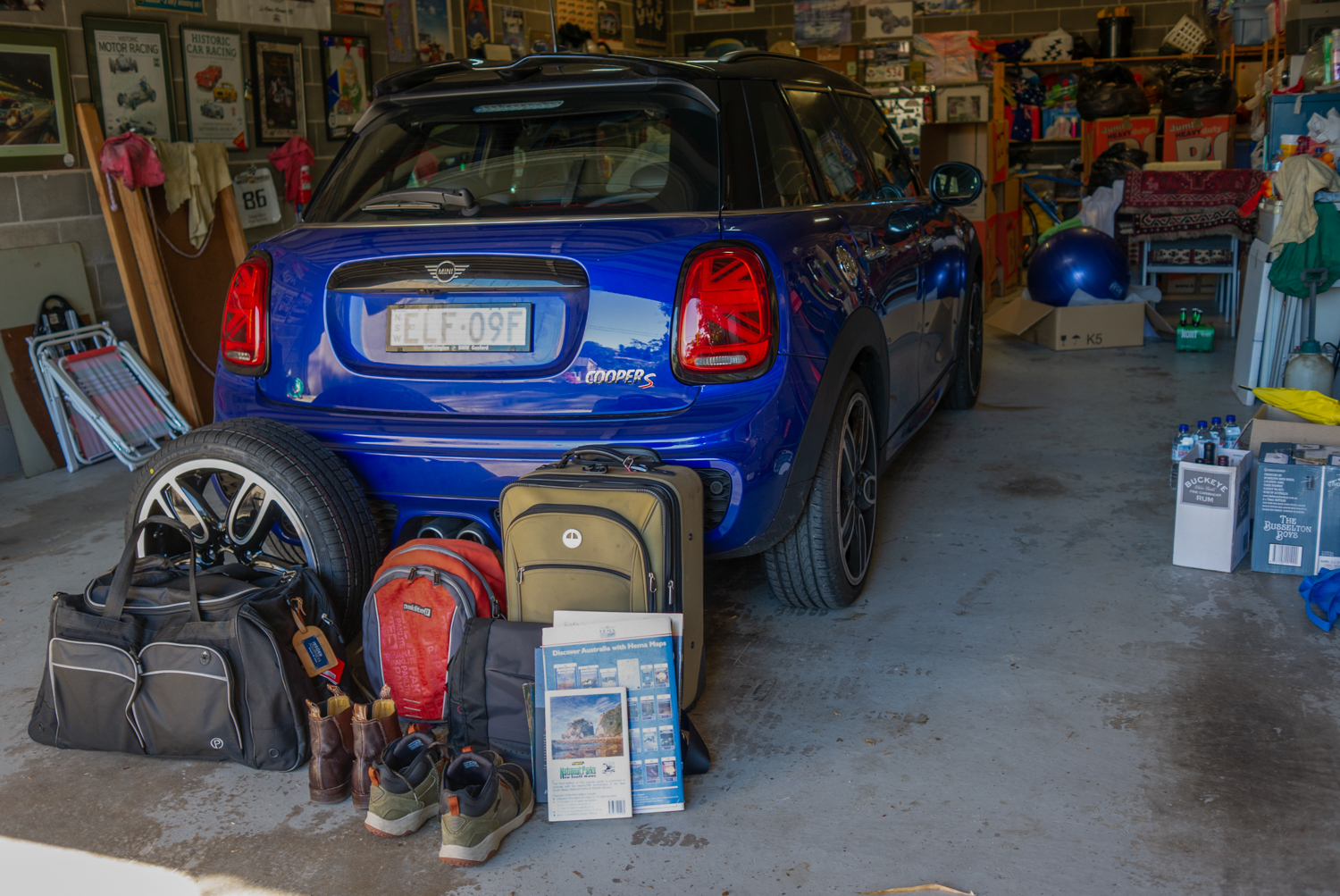
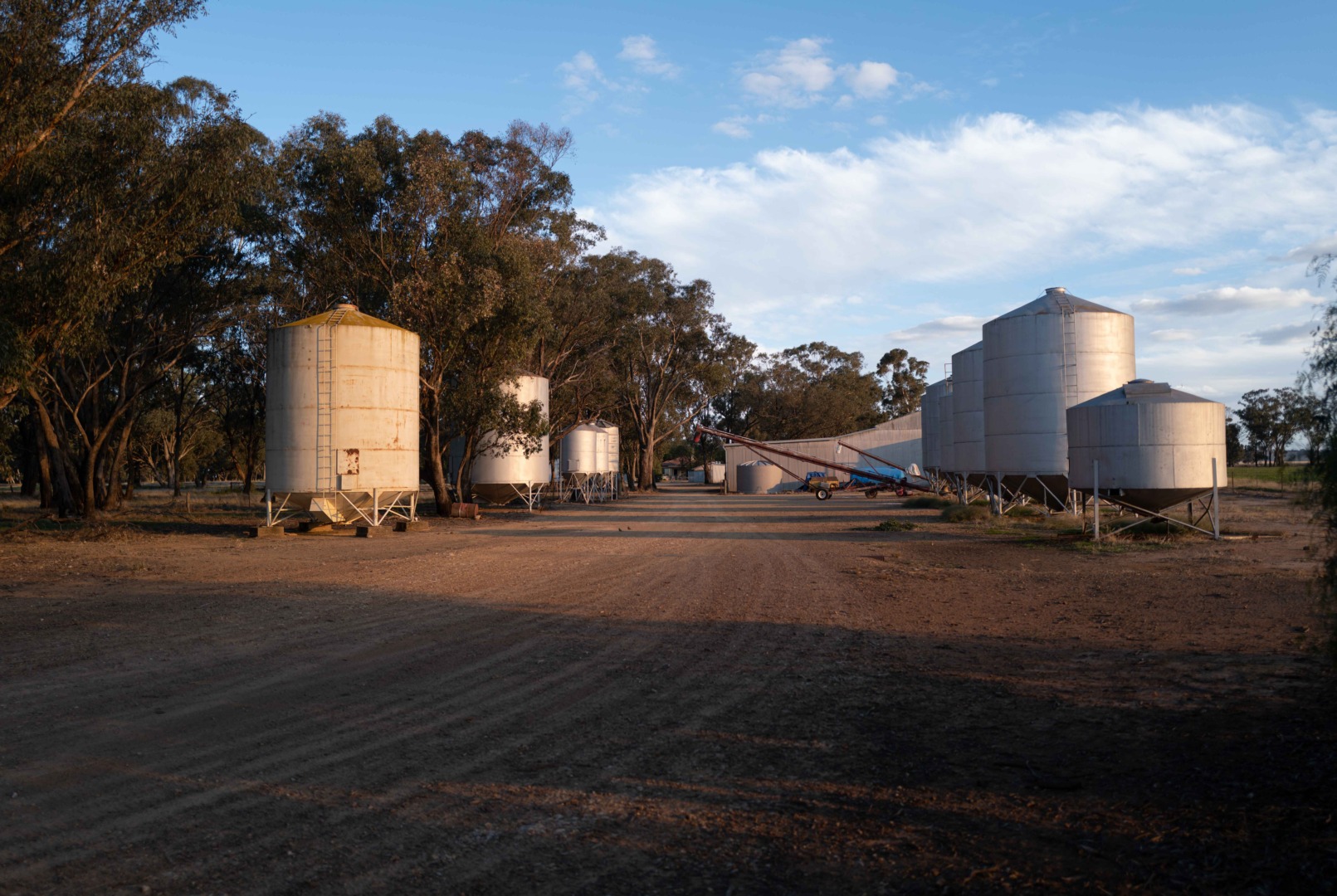

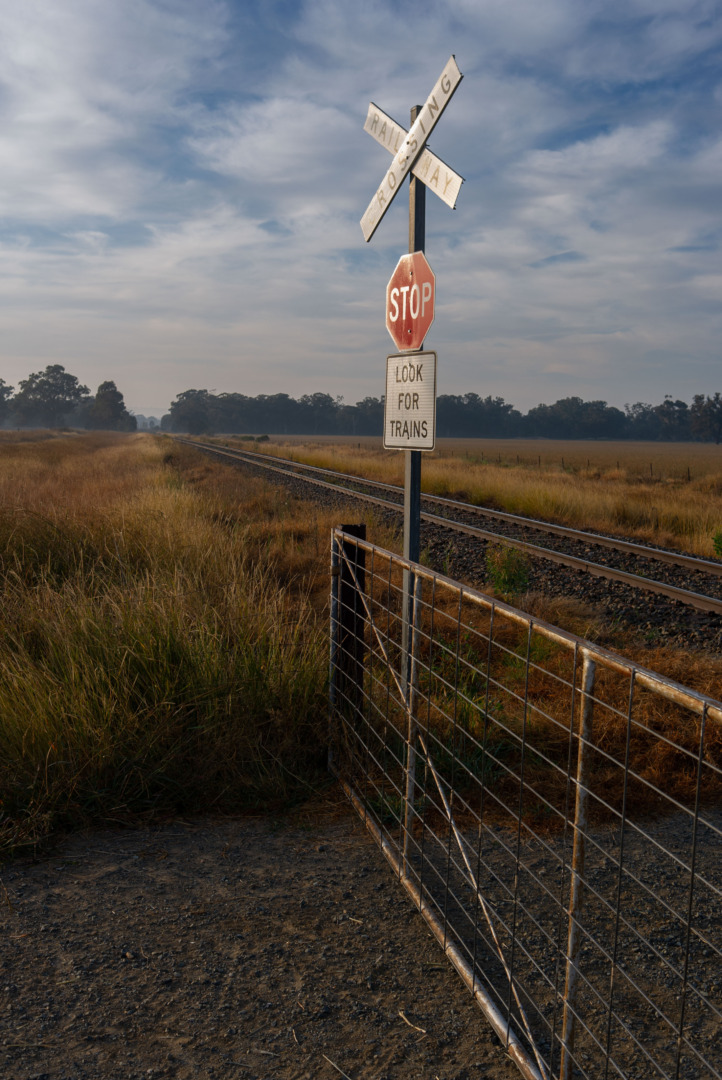
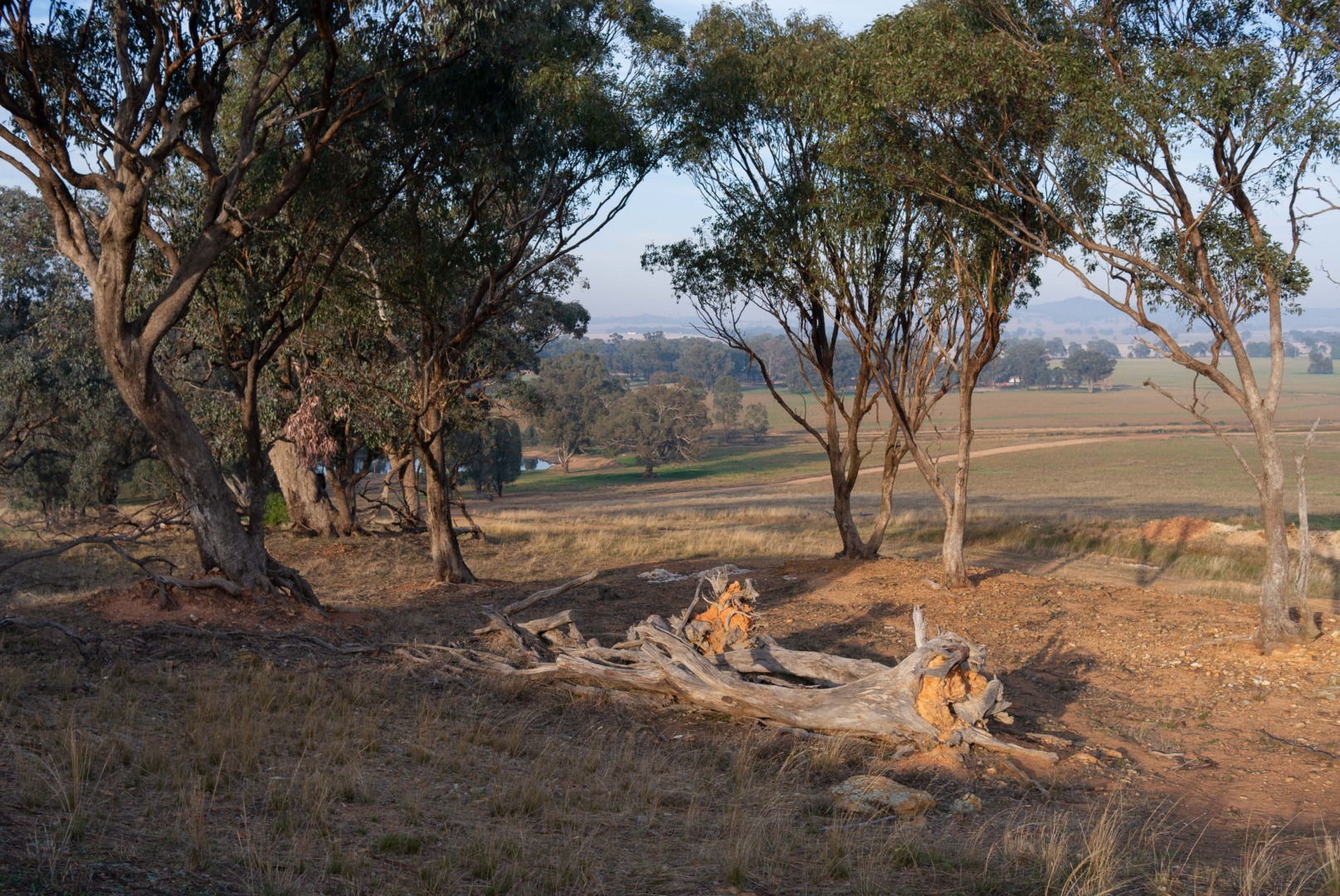
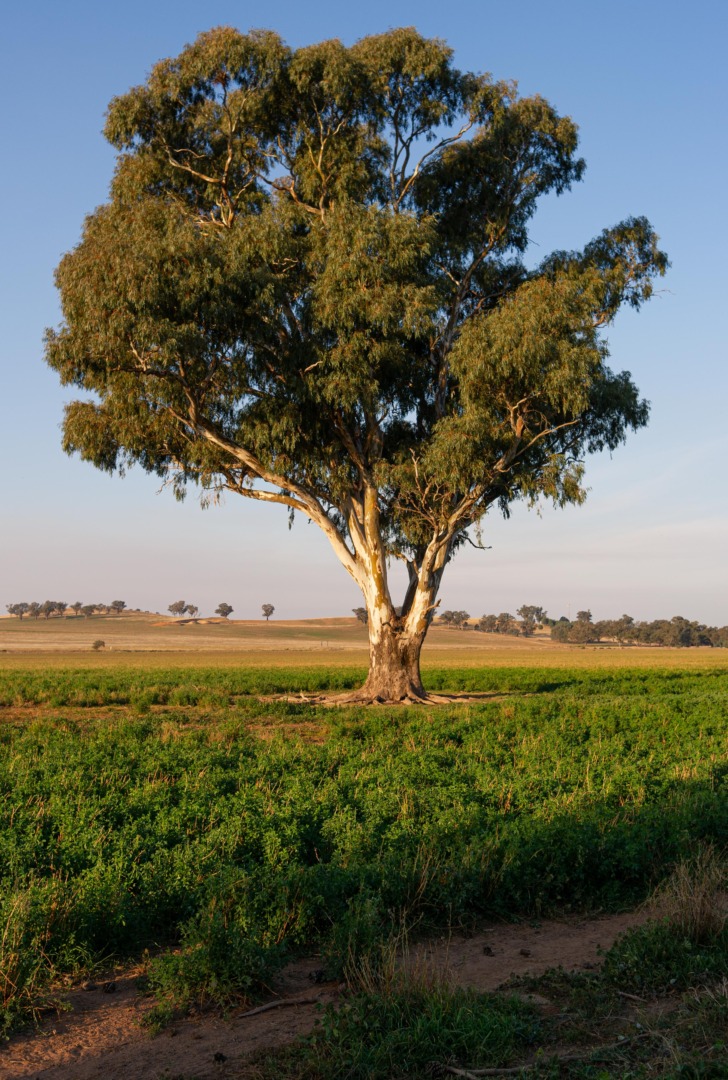
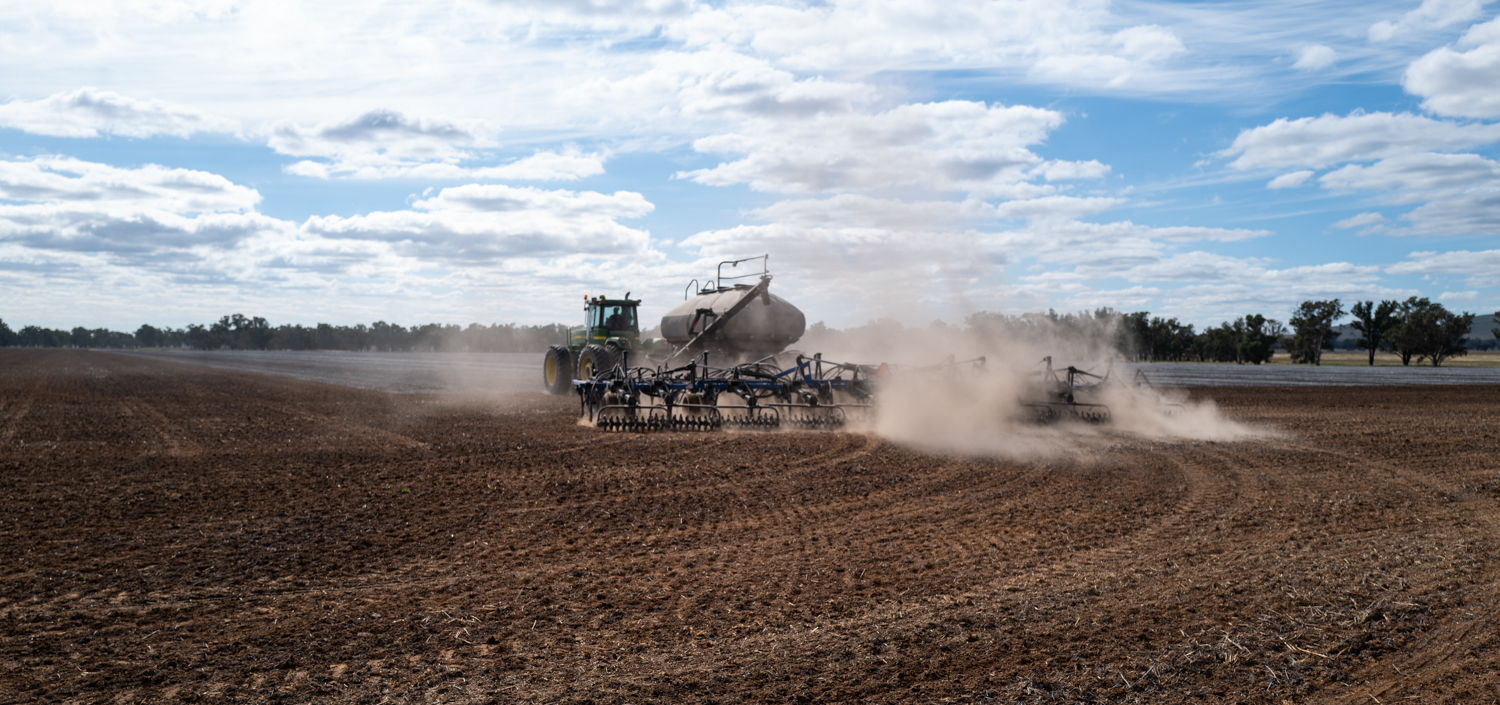

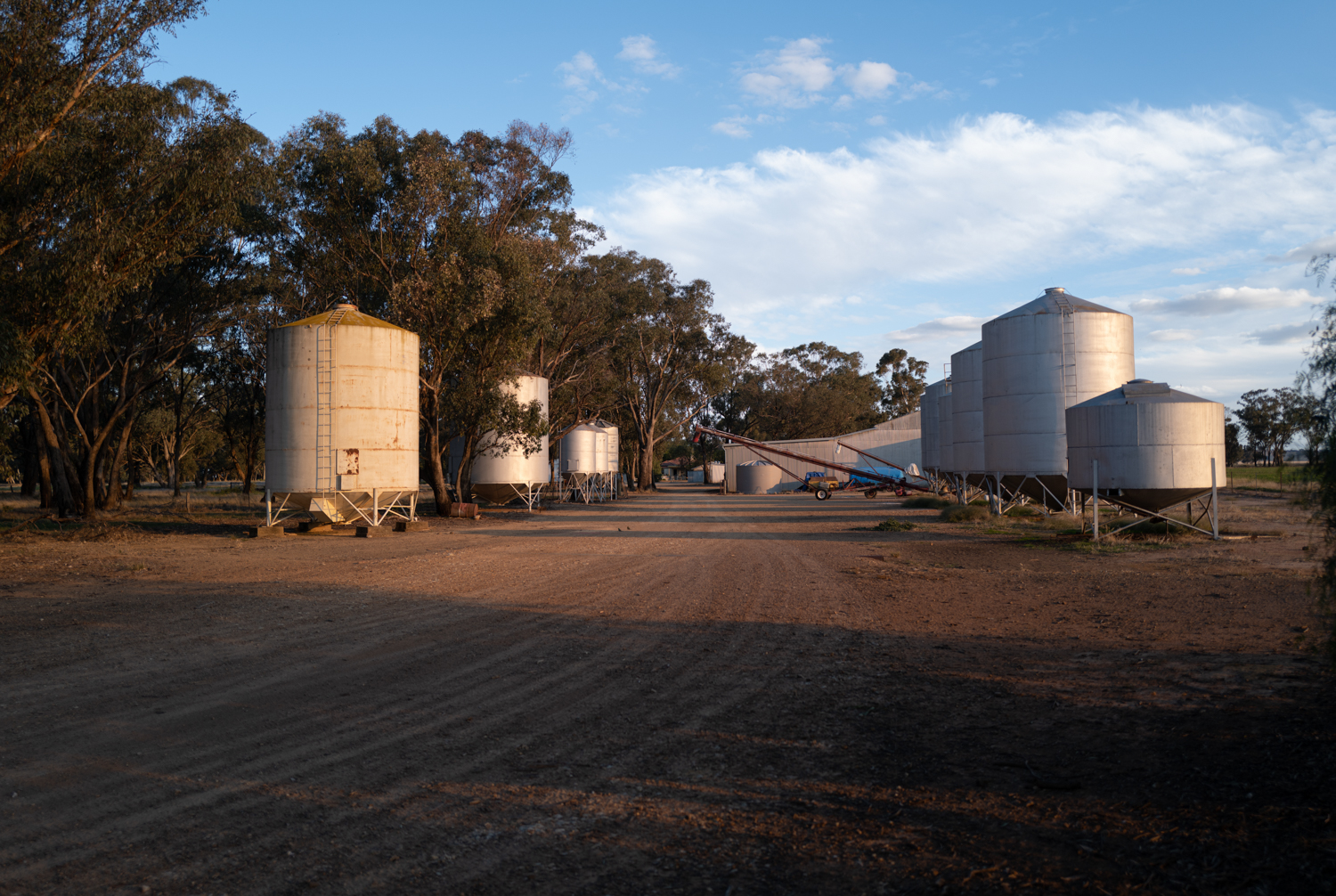
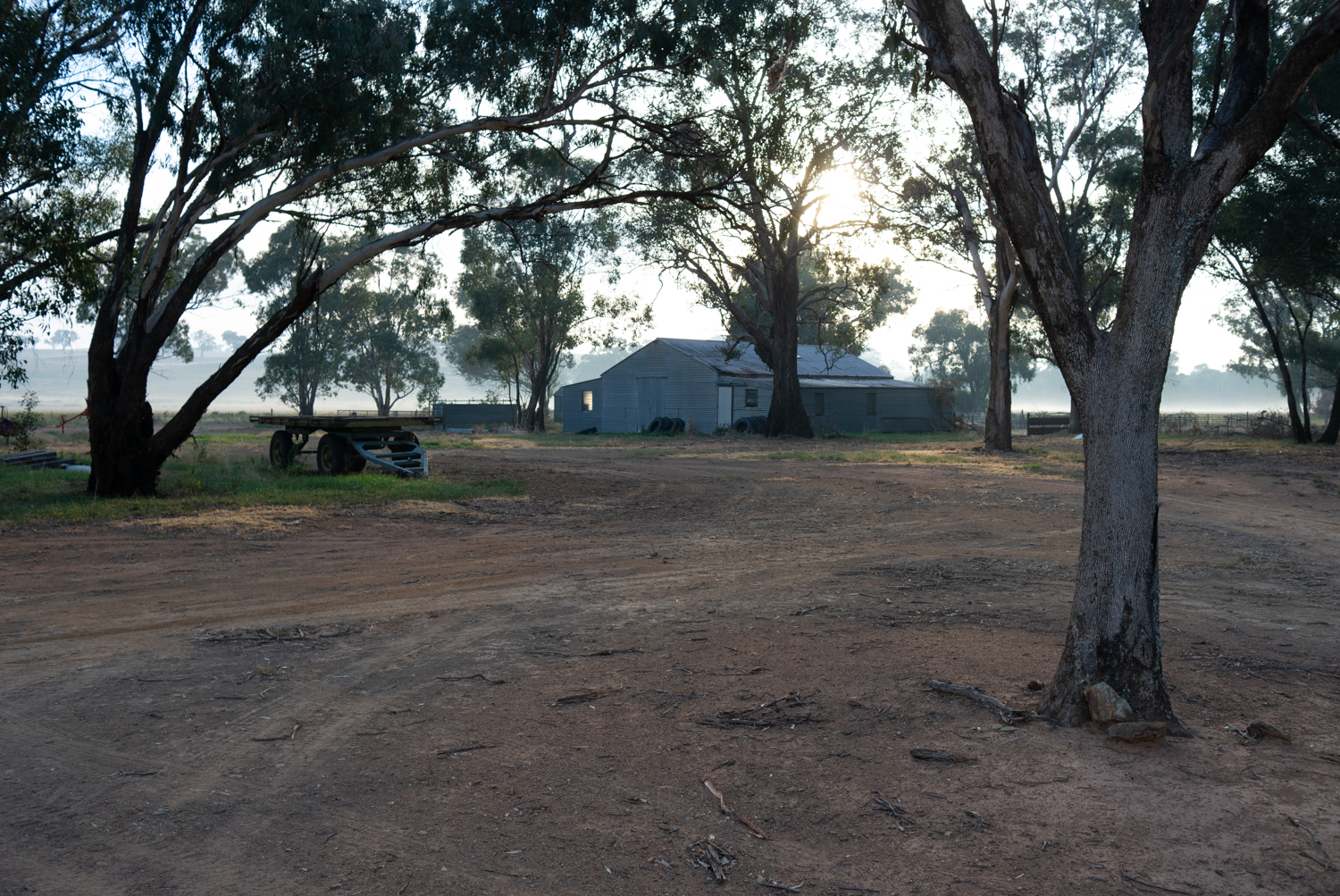
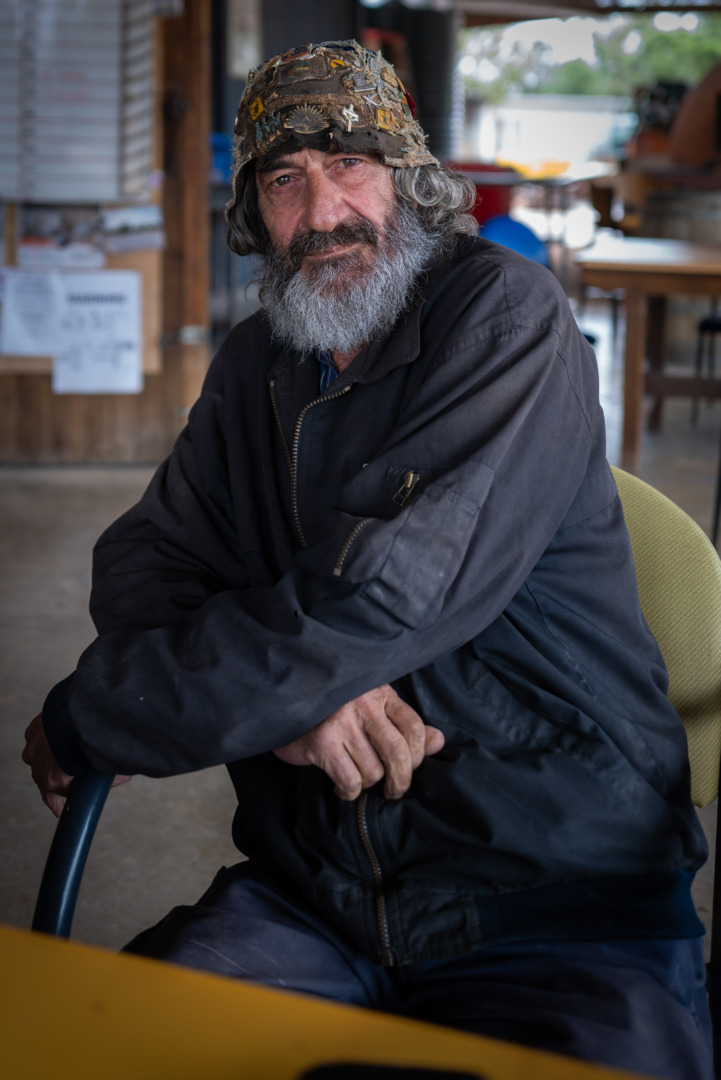
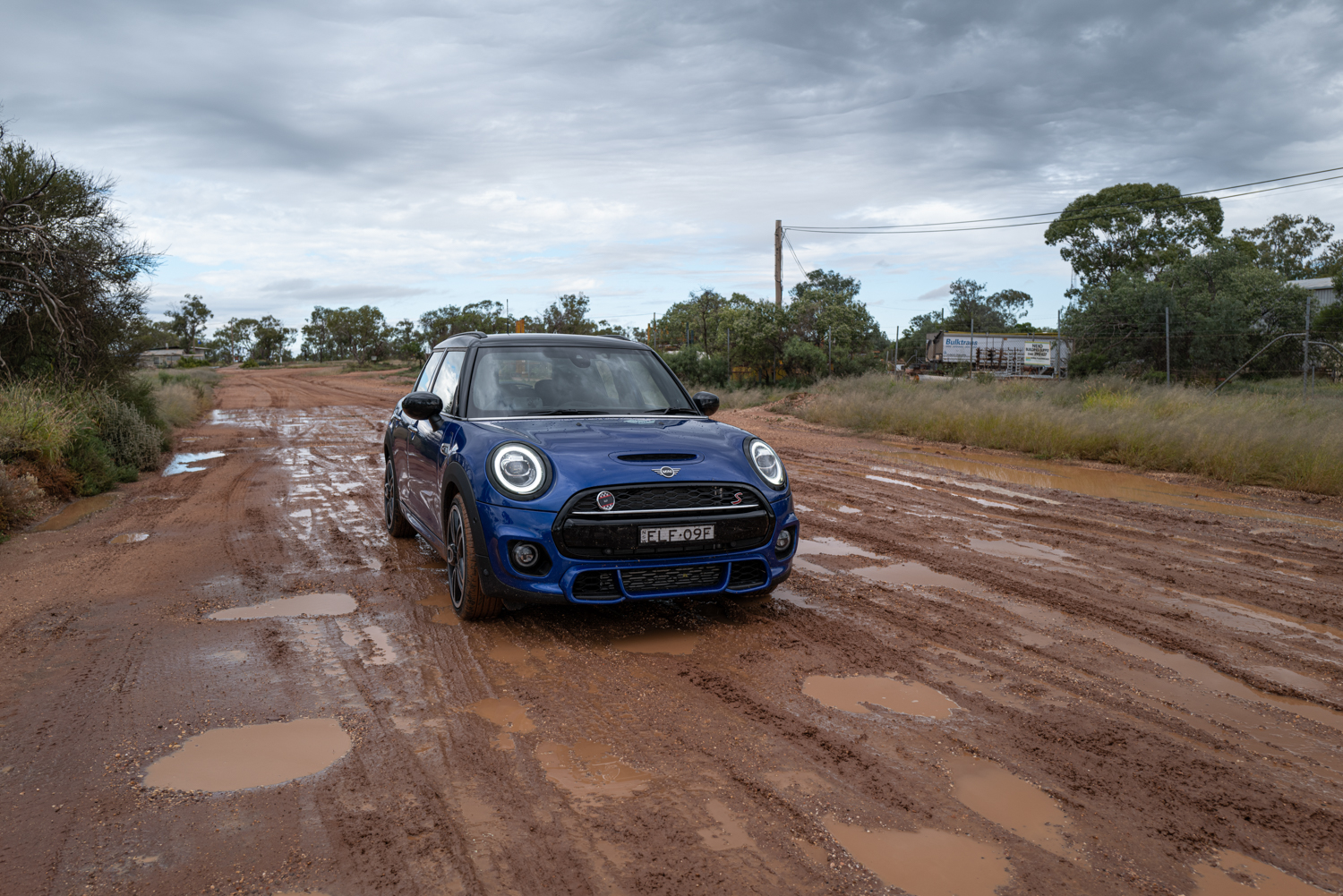
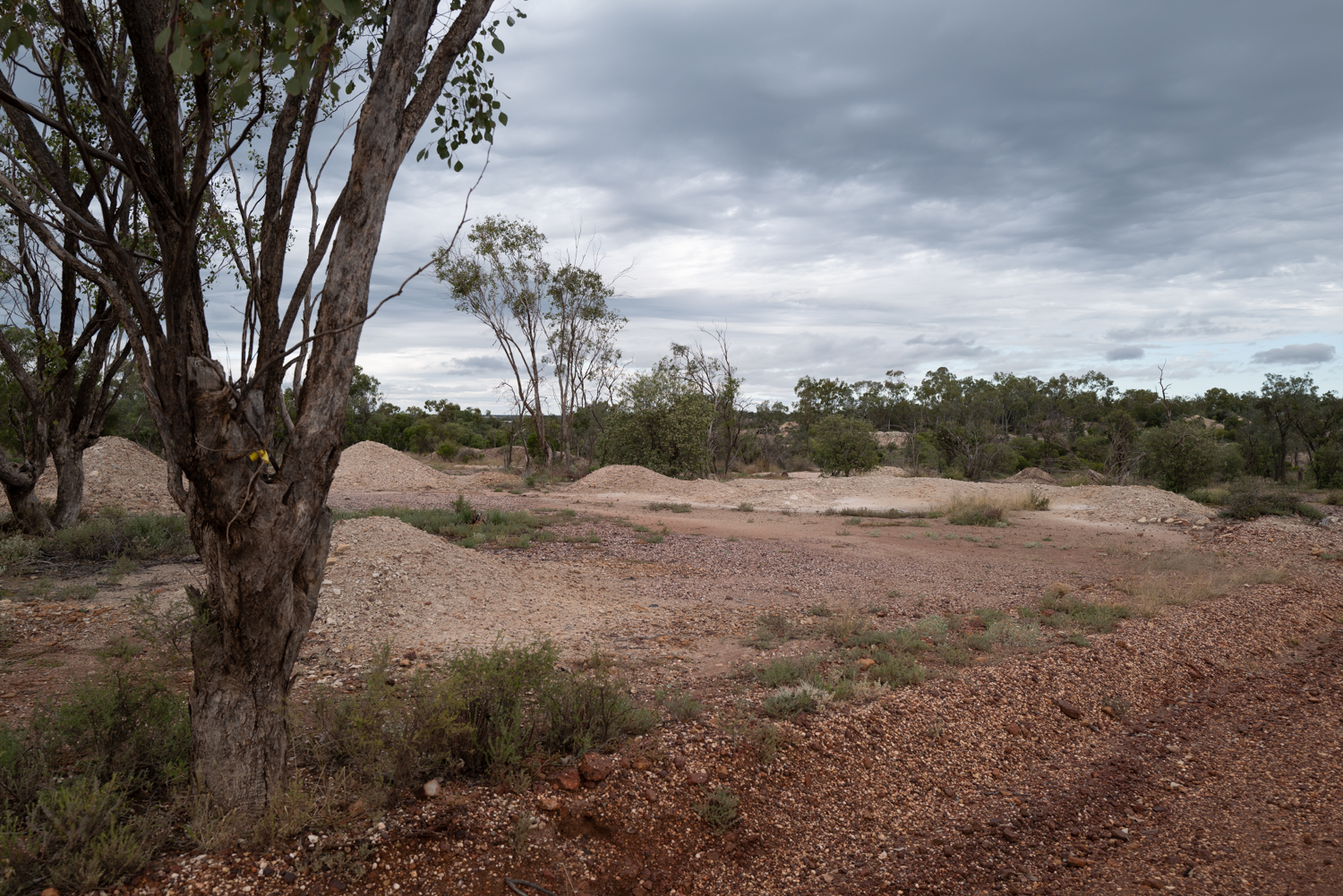
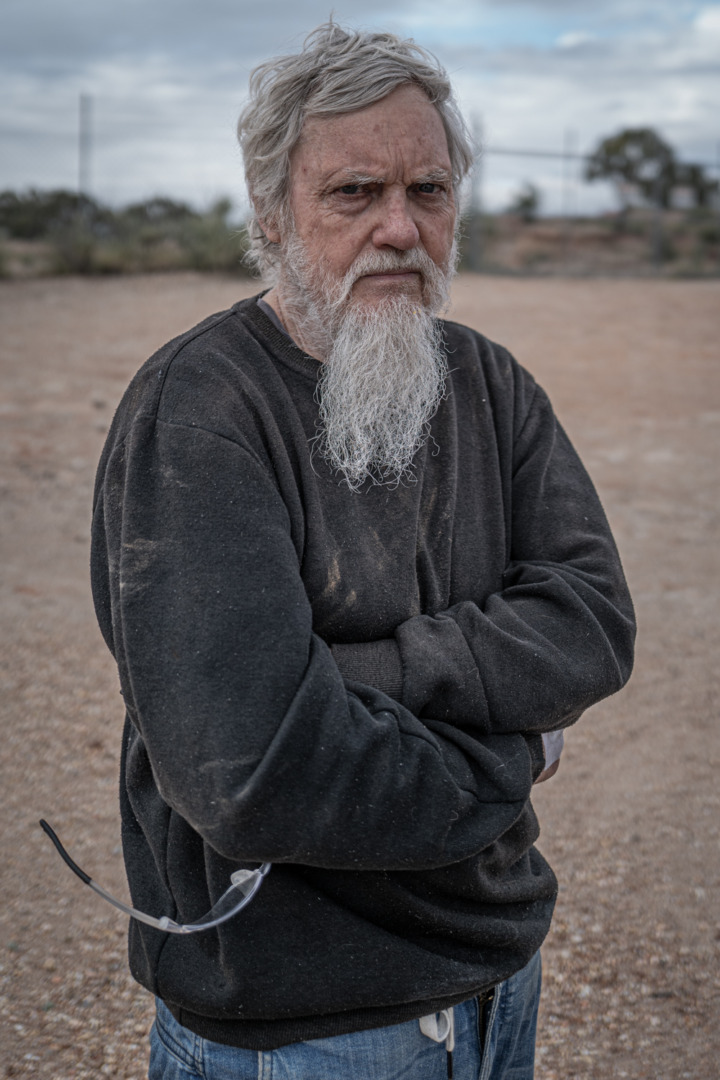
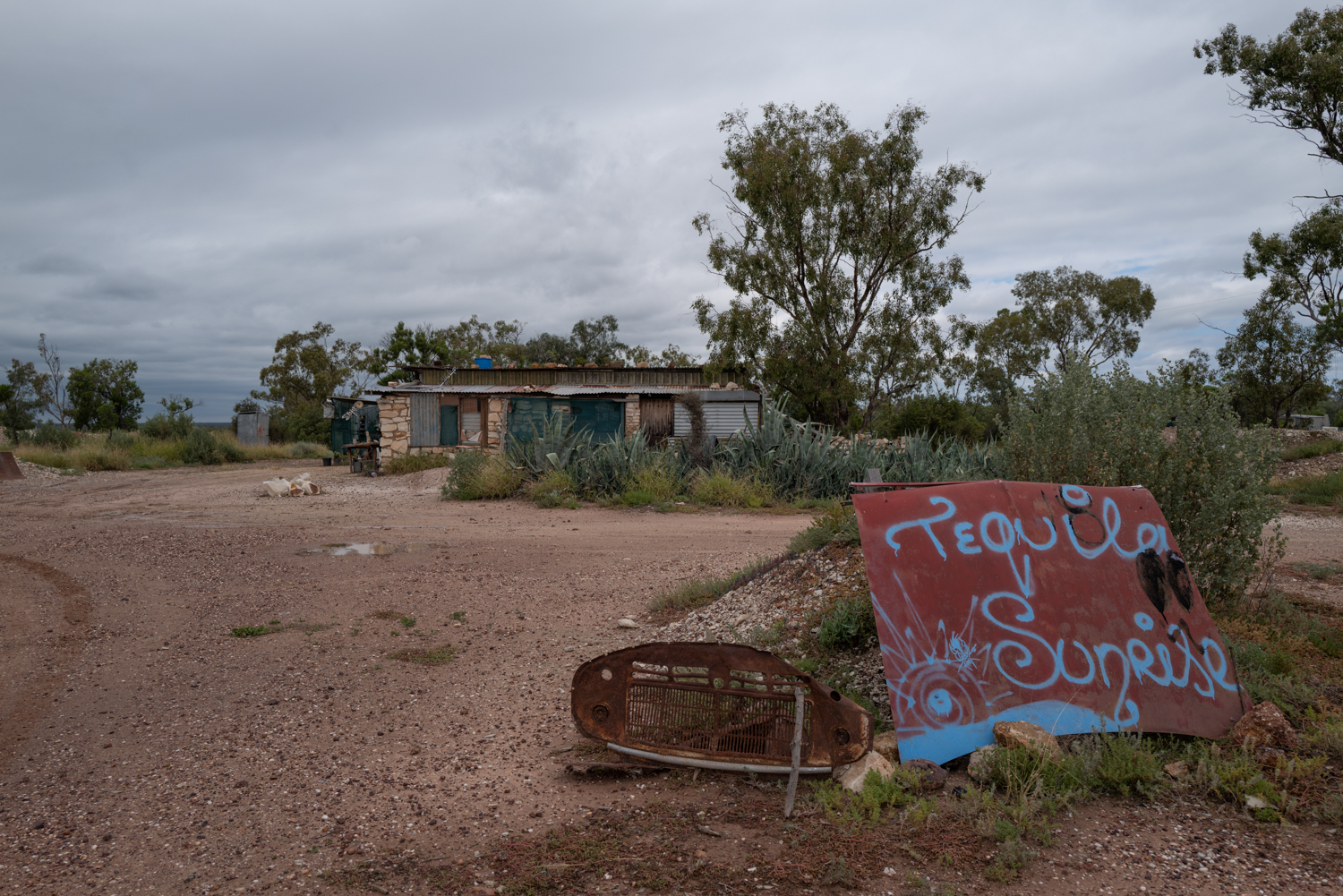
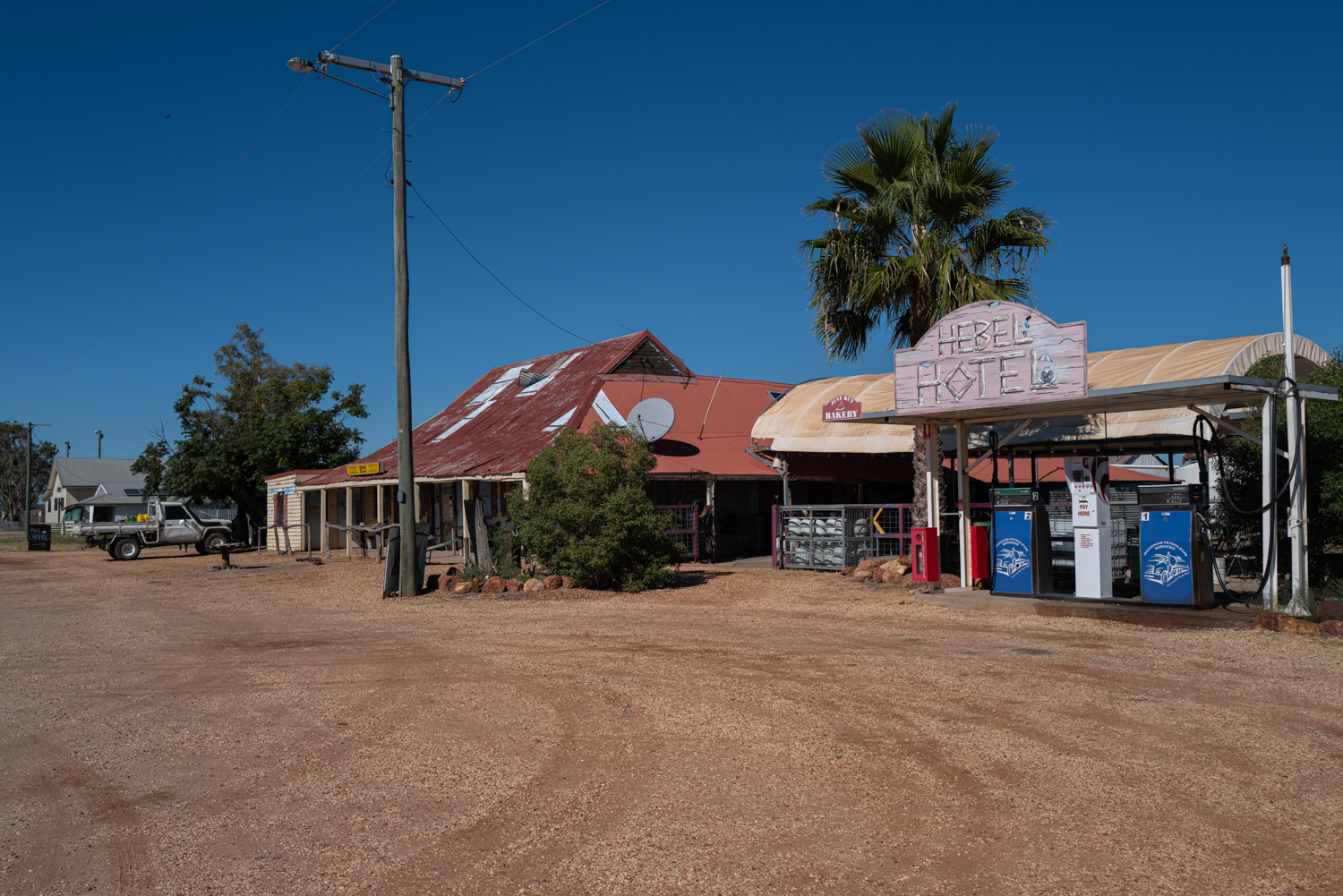
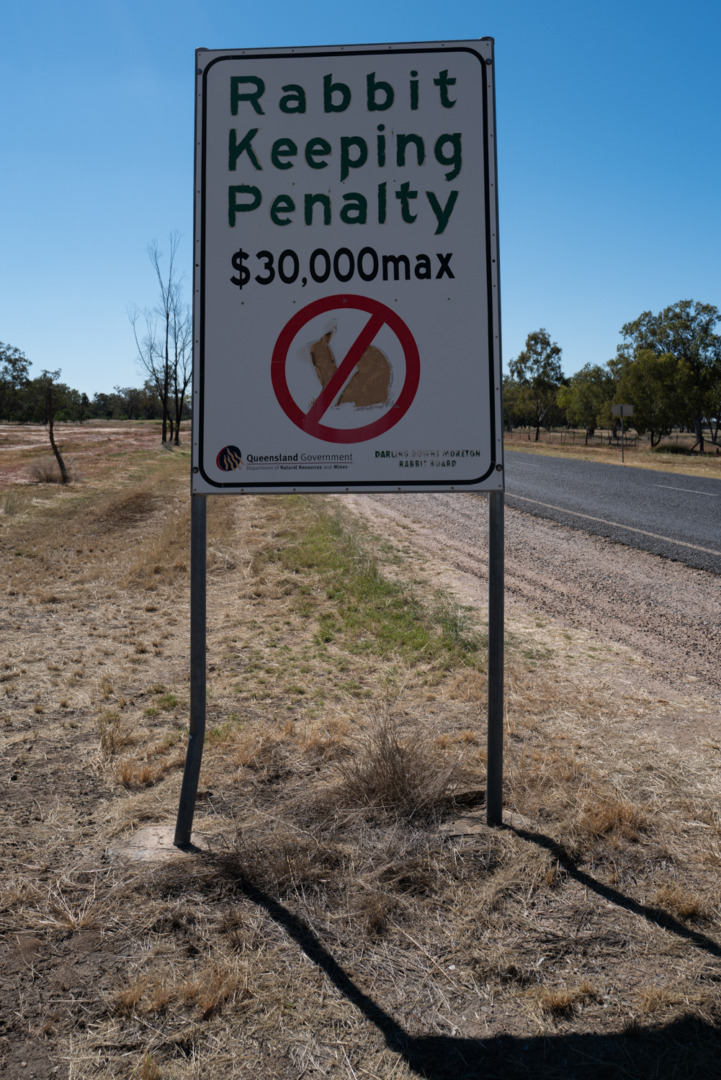
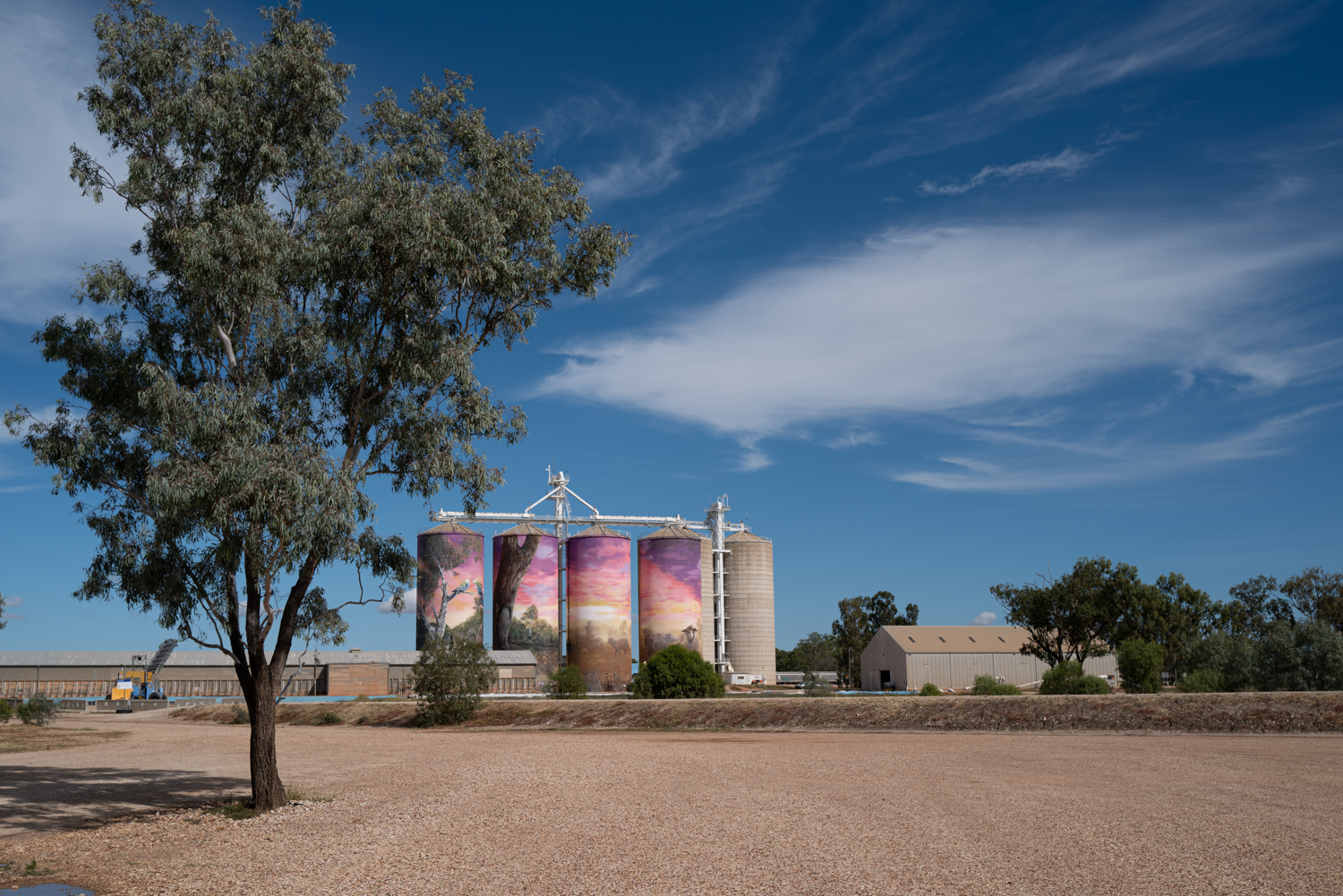
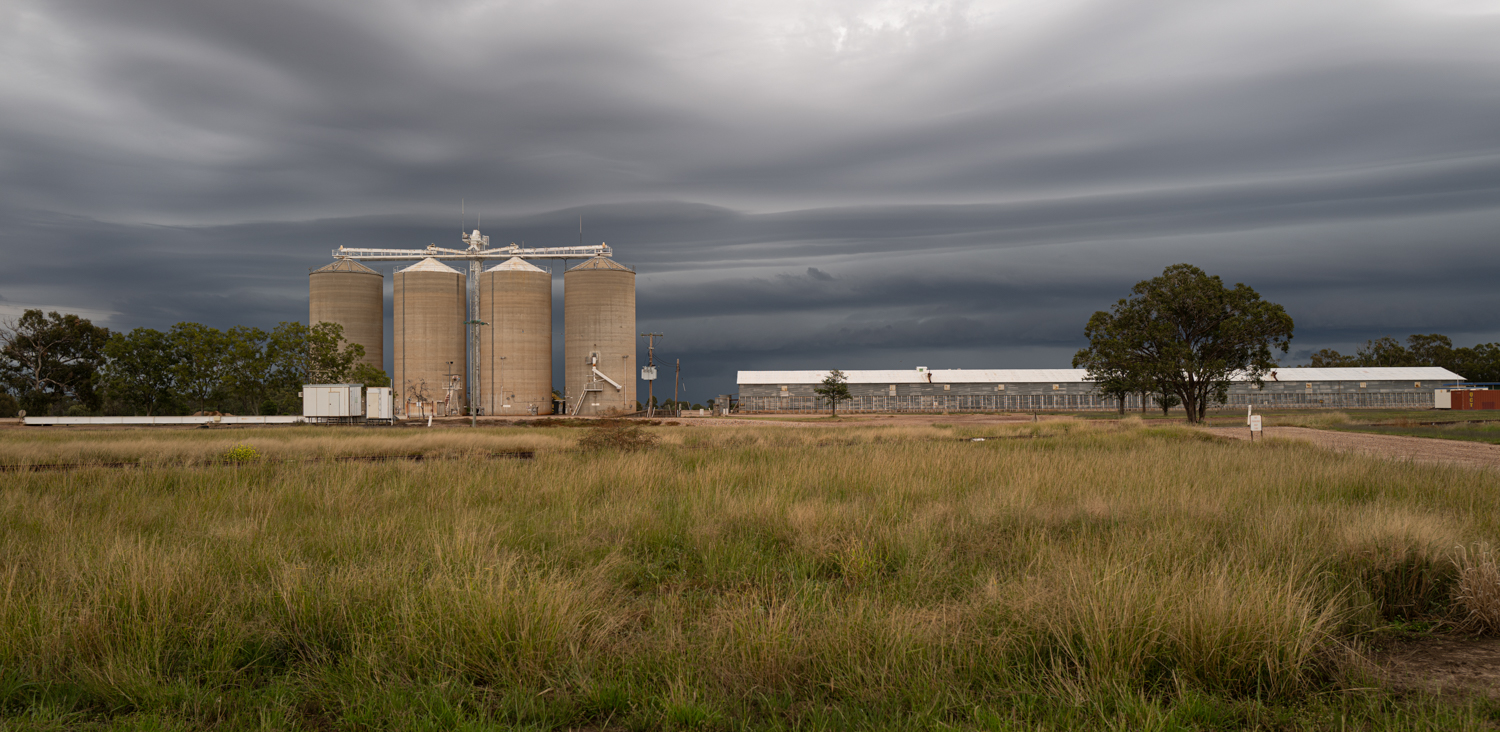

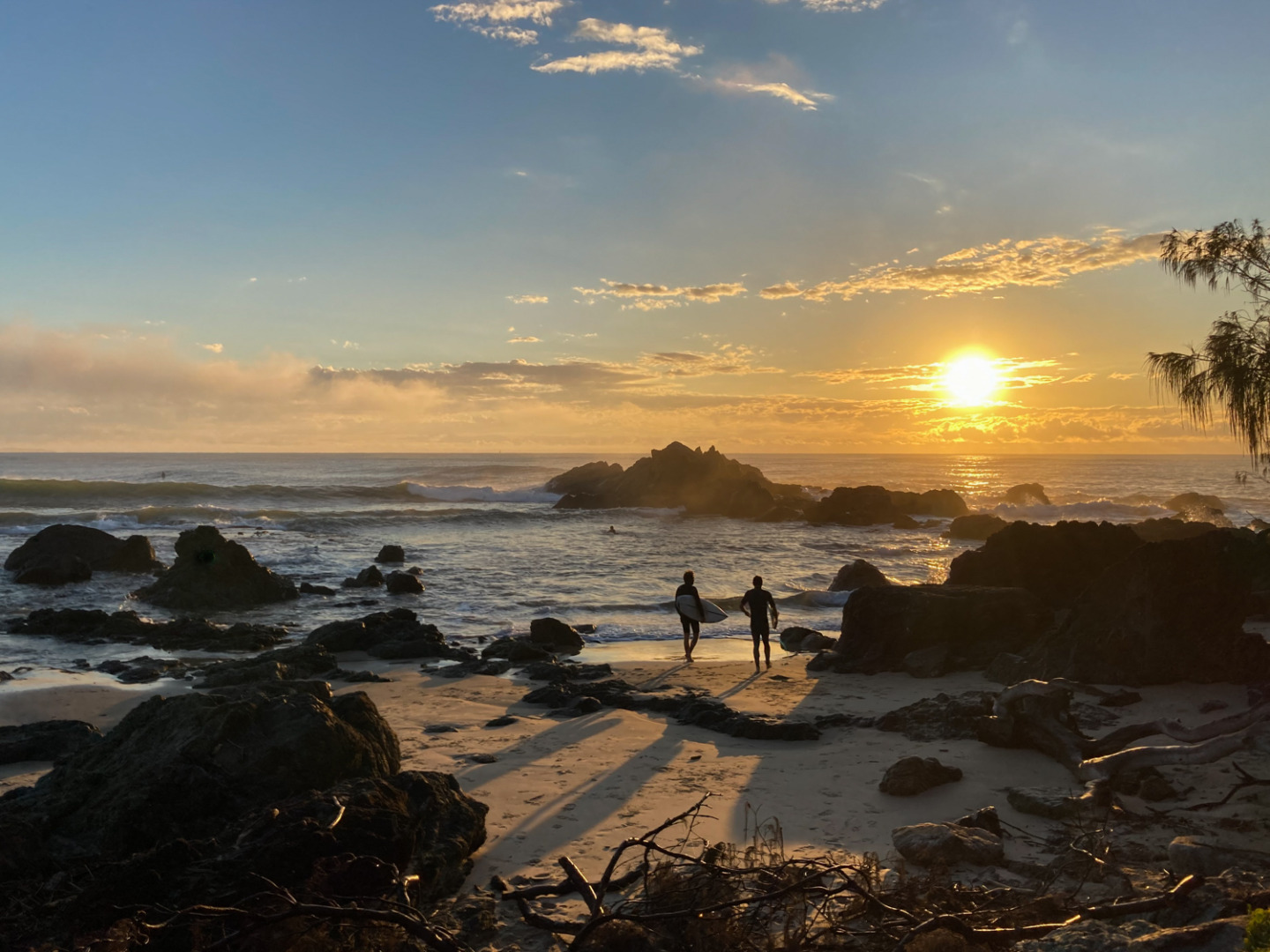
Dear John, I am glad to read you had a good journey and a safe return. In your text and your images I believe to see a deep interest in the things and humans around you. I thik this is a good basis for the next steps you have to take. I wish you all the best for whatever lies ahead of you. JP
John, Thank you for sharing, as I suspect this was in the order of life a hard one.
I hope this was therapeutic, and nice way to reflect and remember.
The images are wonderful, but for me the more personal account says so much more, and I do hope you venture out again in the coming months.
Fond wishes,
Dave
Thank you John. Followed the story day to day on your blog. I share David’s comment concerning the X1. Glad the journey brought some kind of solace
Jean
Thank you, John. An interesting account of wide open spaces and isolation. The sunrise scene is a winner. A pity poor X1 was buried and temporarily forgotten, or was too inaccessible. I hope you are feeling more at peace with yourself.
Thank you for sharing the story of your journey, John. It was great to learn about the Australia that exists beyond the major cities we have all heard of. Glad you made it home safely after your adventures! All the best, Keith
Well that was an enjoyable read. Now that the road trip is done and dusted it may help to have a day routine, a hobby, something that you can work on to keep yourself and your mind occupied. More than the iPhone photo, my favourites, if we’re doing that, are the two of the grain silos near the end of the article.
I enjoyed reading about your journey – I hope it was good therapy.
The tree pictures are lovely and you captured some great people portraits. Some of the building pictures look like they were taken many decades ago.
Thanks for the article and I hope you find further comfort in your fond memories.
Solace is always good clear your head! I think the runner up to the last pic is the painted Grain(?) silos.
“Balm to the soul” sums it up.